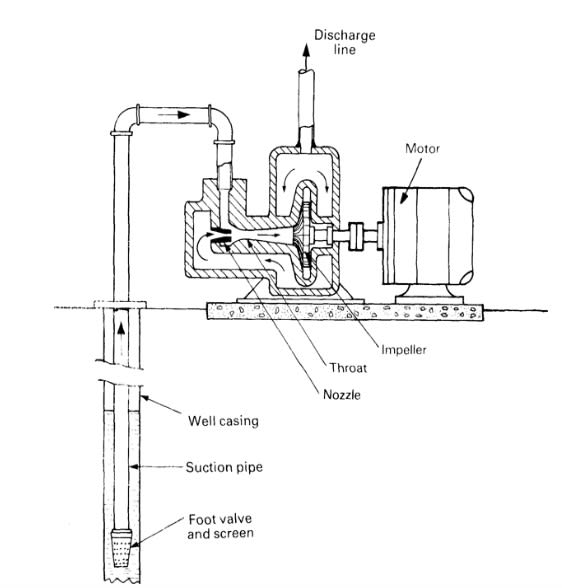Efficiency of an ejector system is a meaningless consideration.
I was involved in research / design over 50 years ago for ground dewatering beyond suction lift of a de-watering pump - this was for deep below ground construction sites with high water table low permeability. We designed an inpipe ejector that was a driven by smaller diameter pipe located within and 1 1/2" dia. pipe terminating with a wellpoint spear - the driving supply was 10-12 GPM with a total return flow of 11 to 14 GPM, ie., a recovery of 1-3 GPM of groundwater - now, as the ejector performed to what it was designed to do, we considered it to be 100% efficient.
Never bothered investigating the overall eff. as it wasn't important, but as you can imagine a 40/50 hp diesel or electric motor driving the pump for 50 - 100 wellpoints to give a groundwater yield of 50 to 100 gpm is a pretty low eff.
Is the OP over thinking the problem, but as we don't know the application - assuming there is one we can only guess what is going on.
It is a capital mistake to theorise before one has data. Insensibly one begins to twist facts to suit theories, instead of theories to suit facts. (Sherlock Holmes - A Scandal in Bohemia.)

